Are eye creams a gimmick, or is it really worth having one in your skincare routine?
That’s a question that gets tossed around a lot, and it’s one that Celestolite is going to be answering for you today. We’ll be diving into the truth about eye creams and whether or not these products are actually capable of helping with the appearance of puffiness, dark circles, and the other skin concerns that commonly plague the eye area.
How Are Eye Creams Different From Face Creams?
Eye cream skeptics often scoff about eye creams simply being face creams but in different packaging. Sadly, this sometimes really is the case. Some of the unscrupulous skincare brands out there do repackage their face creams as eye creams in the hopes of selling more product.
Fortunately, more often than not, an eye cream really is an eye cream. To understand exactly how eye creams differ from face creams, it’s important to first understand how the skin around your eyes is different from the skin on the rest of your face…
Face Skin vs. Eye Skin
Thickness is the main point of contrast between face skin and eye skin. Your face has roughly about 15 layers of skin, making it about 2mm thick. Your eye area, on the other hand, only has about three layers of skin. The average thickness of the skin here is only about 0.5mm. As you can imagine, this means that the eye area is much more vulnerable to damage.
This is exacerbated by the fact that there isn’t as much collagen and elastin (the skin’s structural proteins) in the skin around the eyes. This means that eye skin creases and sags much sooner than face skin. The lack of sebaceous glands around the eyes contributes to this too, while also making it much harder for the eye area to keep itself naturally moisturized.
Eye creams take all of this into account. They’re formulated in a way that isn’t going to cause more damage or any irritation to the delicately thin skin around the eyes. They also contain ingredients that hone in on some of those eye-specific skin concerns. The appearance of puffiness and dark circles, for example, is mostly seen in the eye area rather than the rest of the face. For this reason, most face creams won’t be able to help with those problems, whereas eye creams will be designed for exactly that.
Who Should Be Using an Eye Cream?
Does everyone need to be using an eye cream? Unlike a cleanser or sunscreen, eye creams aren’t considered to be essential for everyone. If you’re still relatively young and the skin around your eyes looks healthy, then an eye cream is unlikely to be a necessity for you. However, if you can relate to any of the following, an eye cream could be a worthwhile purchase:
- If you have already noticed eye-specific skin concerns developing, such as the appearance of puffiness or dark circles, an eye cream would be the best way to counter these.
- Mature skin really benefits from an eye cream. As you age, your skin thins out even more. An eye cream will help to keep your already thin eye area feeling protected against damage.
- If your skin type is sensitive, then this means that your eye area, which is already prone to irritation due to its thinness, will be even more sensitive. A face cream will likely irritate your eye area, making a gentle eye cream necessary.
- If you use a very rich moisturizer for your face, you may find that this is too heavy for the fragile skin around your eyes. If you develop milia (little white bumps) or your eye area starts to feel greasy, a lightweight eye cream would be the best option for moisturizing your eye area without overdoing it.
- Anyone who is interested in preventative skincare should explore the option of eye creams. Even if you haven’t already noticed visible skin concerns in the area, using an eye cream from now on can help to stop them from developing quite so quickly in the future.
Matching Eye Cream Ingredients to Your Skin Concerns
If you’re thinking about giving an eye cream a try, the most important thing to consider when choosing an eye cream is the ingredients. They dictate how, as well as how well, an eye cream will work.
For the best results, make sure that the ingredients in the eye cream you pick are capable of targeting your main visible skin concerns:
Puffiness
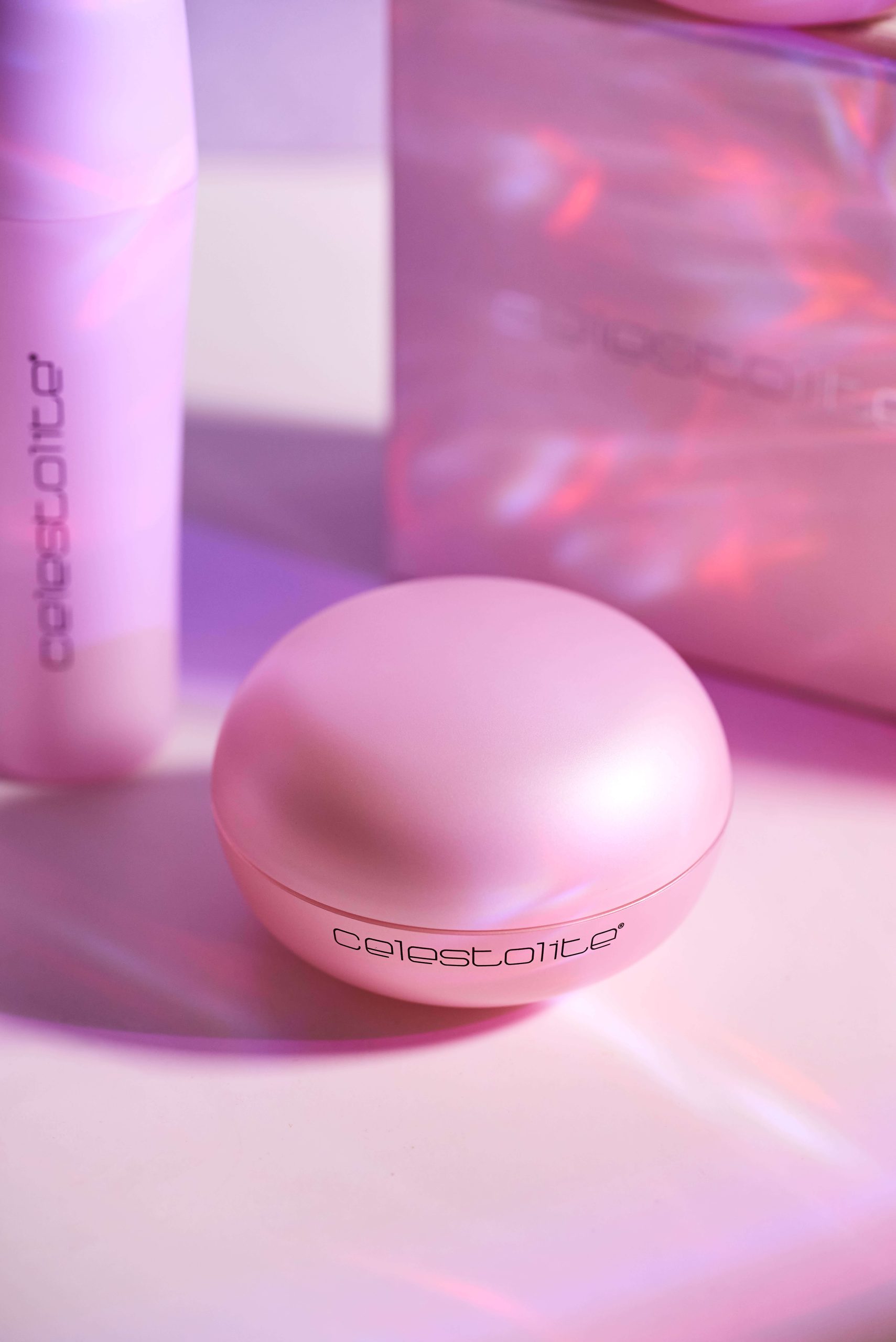
If your eye area often looks puffy and swollen, these are some of the best ingredients to seek out:
- Caffeine – leaves blood vessels feeling constricted, which reduces the appearance of puffiness and swelling.
- Peptides – leave the delicate skin under the eyes feeling stronger and more resilient to the causes of puffiness.
- Green tea – contains certain antioxidants that work wonders at reducing the look of puffiness.
- Hyaluronic acid – plumps up the complexion, making puffy under-eyes less noticeable.
You’ll find several of these superstar ingredients in the Celestolite Estrella Hydrating Eye Cream. Formulated to give the skin under and around the eyes a smoother and tighter finish, it’s a great solution for battling the appearance of puffiness.
Dark Circles
Sometimes, dark circles can be hereditary, which isn’t always easy to deal with. However, whether your dark circles have been caused by genetics, over-exposure to the sun, or anything else, these are the eye cream ingredients to look for:
- Caffeine – in the same way it reduces the appearance of puffiness and swelling, caffeine can also make dark circles look lighter.
- Kojic acid – has a lightening effect on the complexion.
- Vitamin C – famous for how it brightens the look of discolored skin.
- Arnica – known for how it reduces the appearance of bruising, arnica montana extract can also be useful for lightening the visibility of dark circles.
Crow’s Feet
Due to how thin the skin is, the eye area is often the first to be hit with the visible signs of aging. Crow’s feet tend to show up first – those tiny lines that spider out from the corners of the eyes. Here’s what an eye cream needs to contain if you’re hoping to smooth away the appearance of those creases:
- Retinoids – vitamin A is known for being extremely effective at reducing the appearance of fine lines and wrinkles around the eyes.
- Peptides – give thin skin a stronger and firmer finish.
- Hyaluronic acid – has a plumping effect on the complexion, giving it a fuller and more voluminous finish.
- Niacinamide – a great vitamin for tackling the visible signs of skin aging around the eyes.
Dryness
Since the eye area has very few sebaceous glands, it’s highly prone to dryness. If you’re searching for eye creams that can help with this, these are the ingredients to look for:
- Ceramides – help to compensate for the lack of sebum.
- Oils that are rich in fatty acids, like jojoba, argan, and shea butter – these will deeply moisturize the skin.
- Vitamin E – has a moisturizing effect while helping to keep the skin barrier feeling better supported.
- Hyaluronic acid – binds moisture to the skin to hydrate it.
Sensitivities
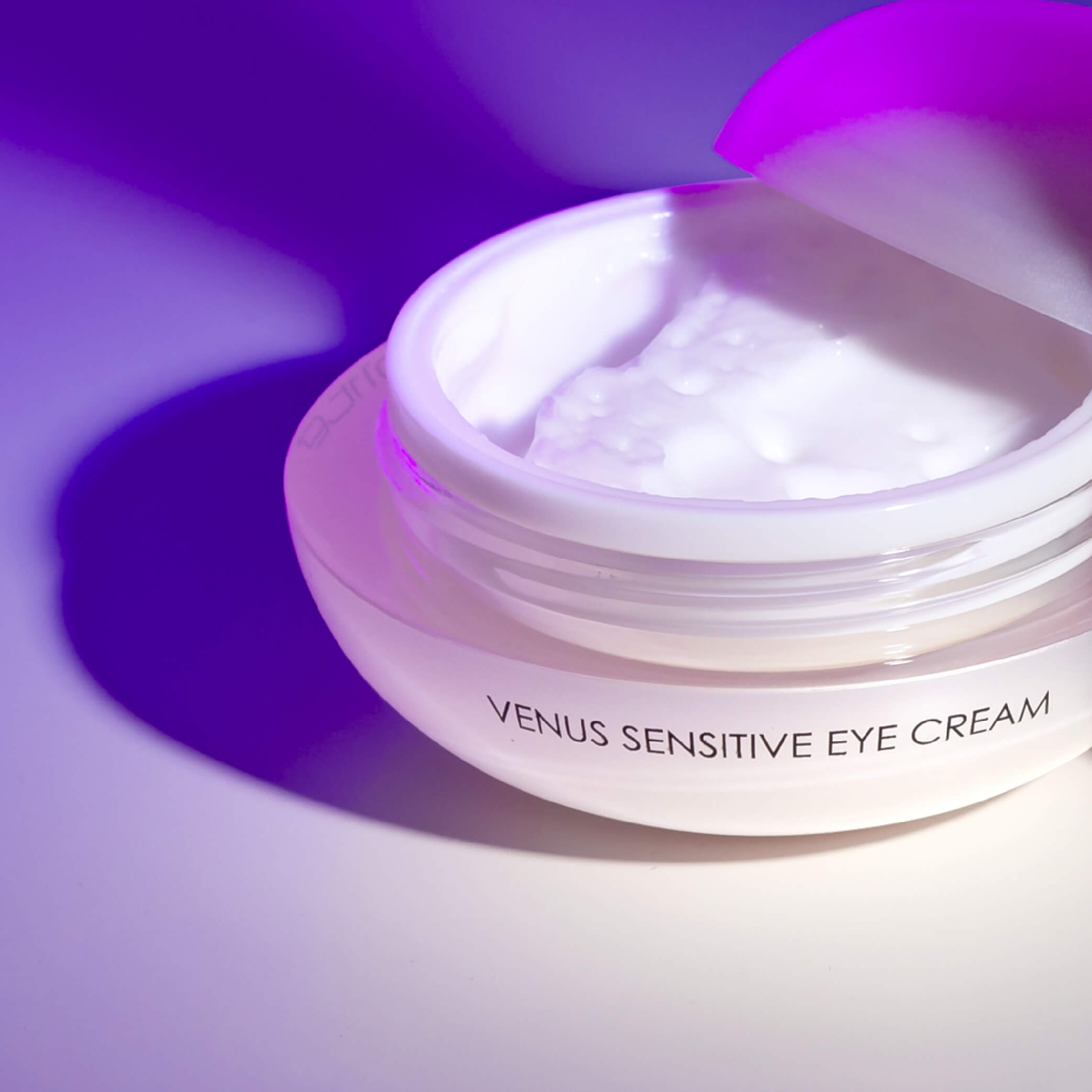
With the skin around the eyes being so thin, irritants can easily enter. Is your eye area has been feeling sensitive lately, these ingredients could help:
- Aloe vera – soothes the feeling of inflammation and irritation.
- Chamomile – has a calming effect on the complexion.
- Ceramides – keep the skin barrier feeling supported.
- Vitamin C – a great multitasker, but look for a gentle form that won’t irritate your skin.
Some eye creams, like the Celestolite Venus Sensitive Eye Cream, are formulated specifically for people who are experiencing sensitivities. These formulas are often much gentler and will contain plenty of complexion-calming ingredients.
Considering Texture
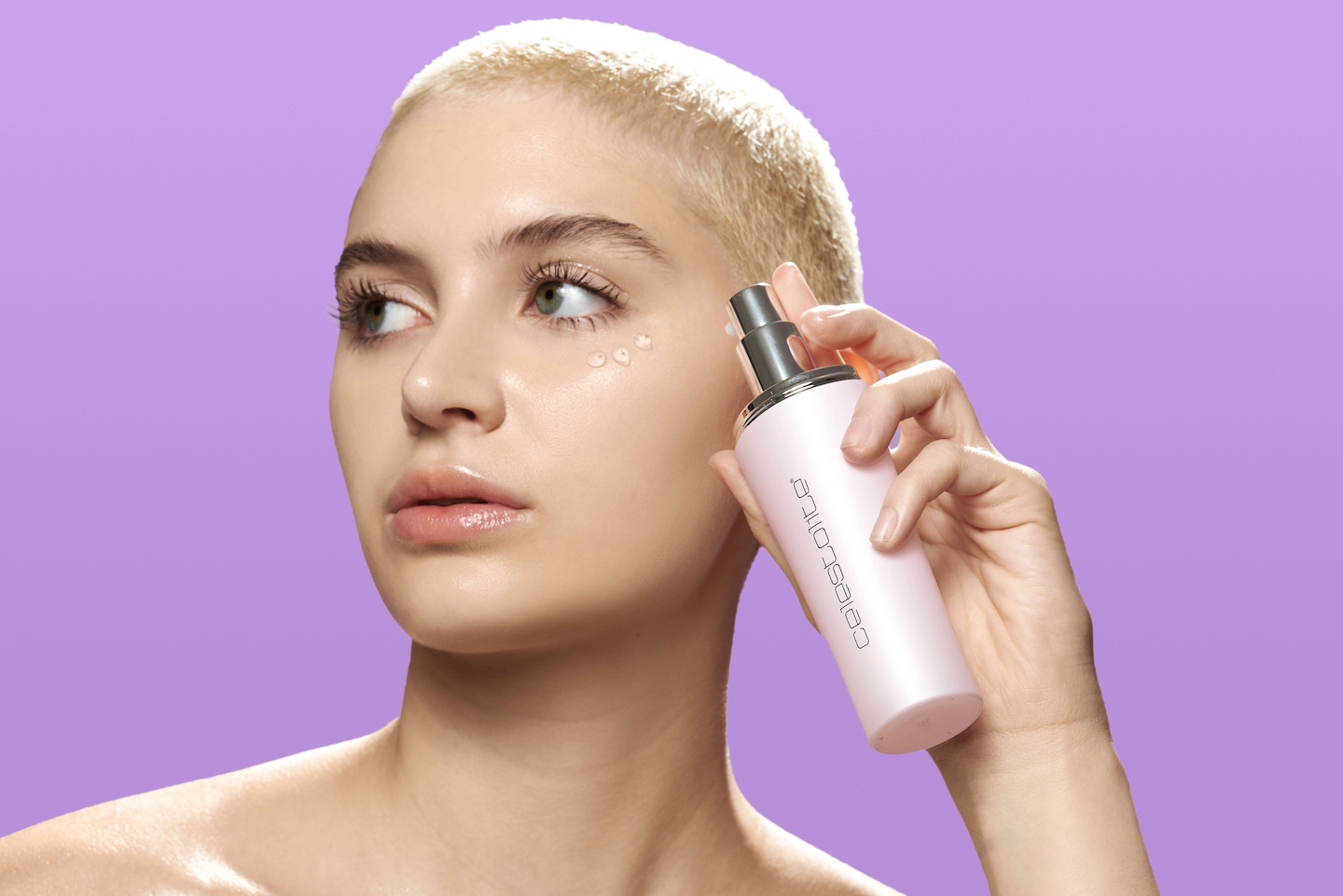
Texture is another factor to consider when choosing an eye cream. If you plan on using your eye cream during the day, you’ll want a formula with a light texture. On the other hand, an eye cream intended for nighttime use can be much richer.
If you’ve always avoided eye creams because you prefer to keep your skincare routine as light as possible, an eye serum could be a good alternative. Some formulas, like the Celestolite Estrella Eye Serum, can do the job of an eye cream, yet without weighing the skin down at all.
Adding an Eye Cream to Your Skincare Routine
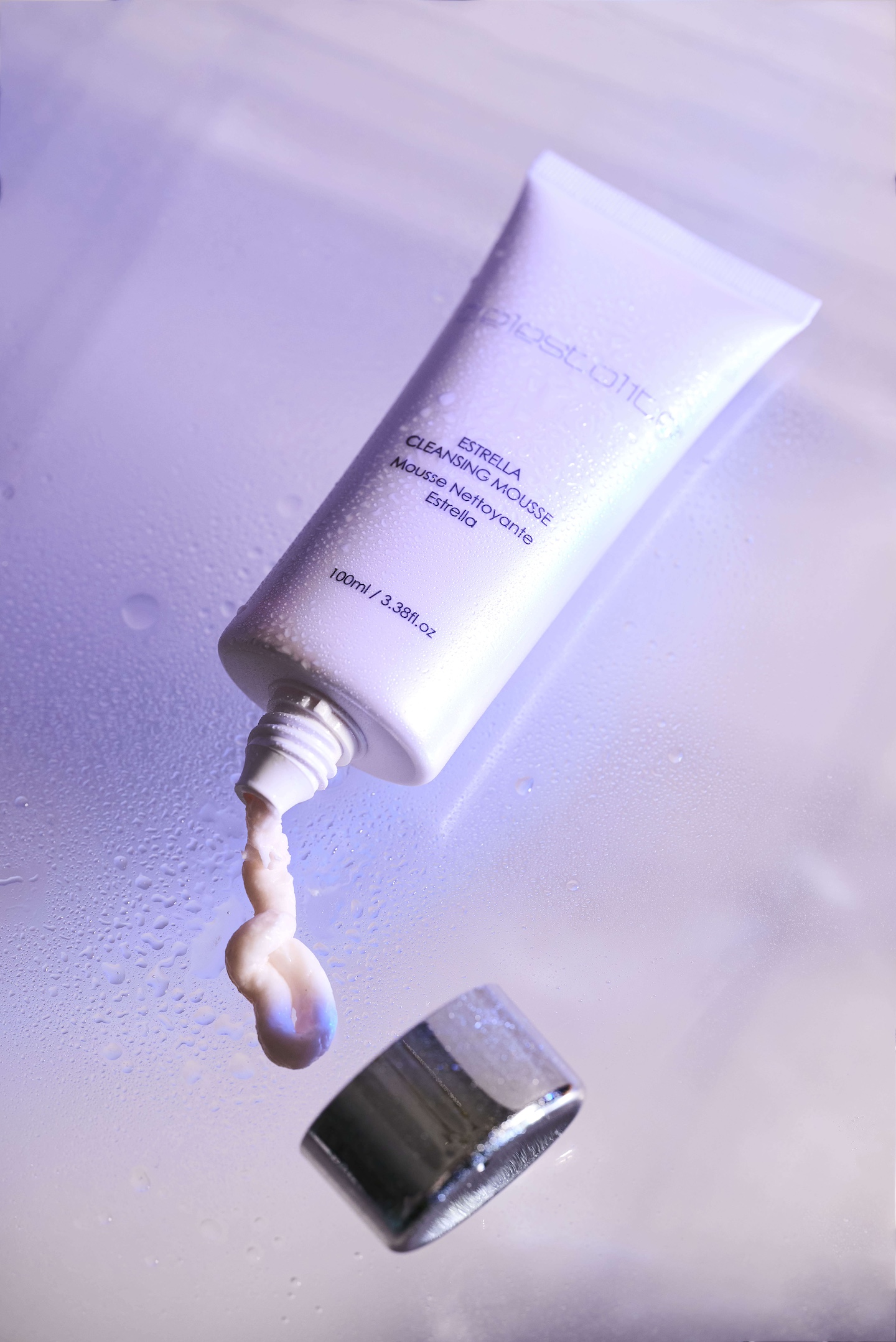
Wondering where an eye cream would fit into your skincare routine?
As always, start by cleansing. Use a gentle cleanser, like the Celestolite Estrella Cleanser Mousse, so that you can properly cleanse your eye area too. The better you cleanse, the more of an effect your skincare products, including your eye cream, will have.
Then, follow up with the lighter products in your skincare routine, such as your toner and serum. However, make sure that all of the facial products you’re using around your eyes are safe to be applied to the eye area.
Once you’ve applied your serum/s, move on to your eye cream. Use your ring finger to scoop out a small amount from the jar, warm the cream on your skin for a few seconds, and then gently pat it onto the skin around your eyes. Tap, rather than rub, it in to help boost absorption.
After this, continue with the rest of your skincare routine, whether this involves a night cream, an SPF moisturizer, or anything else.
Is it Time to Consider Buying an Eye Cream?
The truth is, eye creams aren’t a necessity in the way that some other skincare products are, so don’t feel pressured into adding one to your skincare routine. With that said, they can definitely be useful in many situations, giving the delicate skin around your eyes the dedicated care that it can sometimes need. If your eye area would benefit from some TLC, an eye cream would be worth considering.
Click here to elevate your skincare routine with more bestselling products from Celestolite.



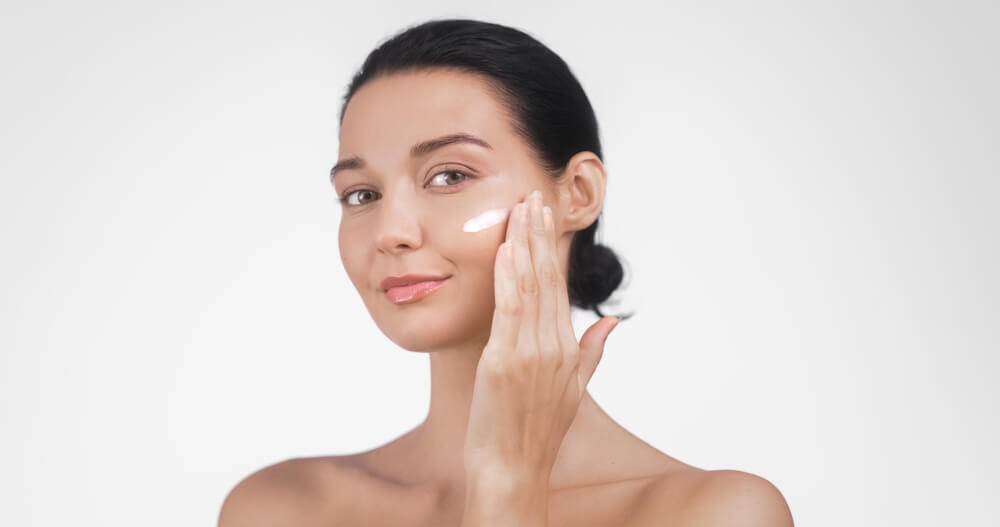
0 comments on “The Truth About Eye Creams: Do They Help Puffiness and Dark Circles?”